In the medical industry, the quality of injection-molded products directly impacts the life, health, and safety of patients. From precision medical device components to disposable medical supplies, every injection-molded product must meet strict quality standards. Therefore, establishing a scientific, comprehensive, and efficient testing system to detect defective products during production is crucial for medical injection molding manufacturers. It is key to ensuring product quality, maintaining corporate reputation, and meeting industry regulatory requirements.
Raw Material Inspection: Controlling Quality from the Source
The quality of raw materials is the foundation for determining the quality of injection-molded products. Medical injection molding manufacturers conduct strict inspections on raw materials before they are put into storage after procurement. First, they check the qualifications of raw material suppliers to ensure they have the legal credentials and a good reputation for producing medical-grade plastic pellets. For each batch of raw materials, they verify quality certification documents, including composition analysis reports and physical property test reports, to ensure compliance with relevant medical industry standards and the company's own procurement specifications.
Simultaneously, sampling inspection is an essential step. Using professional testing equipment, key physical property indicators of raw materials such as melt flow rate, density, tensile strength, and flexural modulus are tested. For example, an excessively high melt flow rate may cause excessive shrinkage of injection-molded products after molding, affecting dimensional accuracy. Insufficient tensile strength can make the product prone to breakage during use, failing to meet medical application requirements. Only when all physical property indicators of the raw materials meet the requirements can they be put into production, preventing defective products caused by raw material issues from the very beginning.
Production Process Monitoring: Grasping Quality Dynamics in Real Time
During the injection molding production process, real-time monitoring of process parameters at each link is crucial for promptly identifying potential defects. Parameters such as temperature, pressure, injection speed, and holding time of the injection molding machine have a significant impact on product quality. Medical injection molding manufacturers usually equip their injection molding machines with advanced monitoring systems that can collect and record these process parameters in real time.
For example, in terms of temperature control, excessive barrel temperature can cause plastic decomposition, resulting in defects such as bubbles and black spots. Too low a temperature can lead to poor plastic fluidity, preventing the mold cavity from being fully filled and causing product shortages. By real-time monitoring of temperature parameters, once the temperature deviates from the set range, the system immediately issues an alarm, allowing operators to make timely adjustments and avoid the production of defective products. Pressure parameters are equally important. Insufficient injection pressure can cause surface shrinkage marks and uneven gloss on the product. Unstable holding pressure can affect the dimensional accuracy and internal structural density of the product. Real-time monitoring and adjustment of pressure parameters can effectively ensure the stability of product quality.
In addition, the condition of the mold directly affects the quality of injection-molded products. Regularly inspect the mold for wear, whether the vent slots are blocked, and whether the cooling system is unobstructed to ensure the mold is always in good working condition. During production, if abnormalities such as flash or increased burrs are found on the product, the machine should be stopped immediately for mold maintenance to avoid continuous production of defective products.
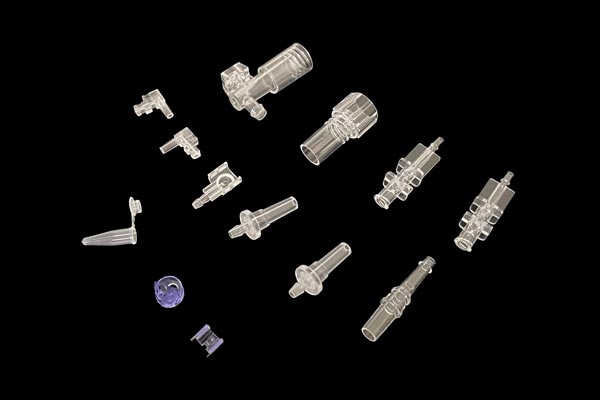
Product Appearance Inspection: Intuitively Judging Quality
Product appearance is the most intuitive aspect of quality that consumers perceive. For medical injection-molded products, appearance defects not only affect aesthetics but may also indicate internal quality issues. Therefore, appearance inspection is an important part of testing for defective products.
Manual visual inspection is a basic and commonly used method. Well-trained quality inspectors check each product one by one according to strict standards to see if there are defects such as scratches, cracks, deformations, color differences, or impurities on the product surface. For some medical products with extremely high appearance requirements, such as the housing of precision surgical instruments, even tiny flaws may affect the product's usability and overall quality, so inspectors need to have rich experience and keen observation skills.
With the development of technology, automated visual inspection systems have been widely used in the medical injection molding industry. These systems use high-definition cameras and advanced image processing algorithms to quickly and accurately detect product appearance defects. They can scan the product in all directions, identify defects that are difficult for the human eye to detect, and automatically screen out defective products. Automated visual inspection systems not only improve detection efficiency and accuracy but also reduce the impact of human factors on detection results, greatly enhancing the overall quality inspection level.
Dimensional Accuracy Inspection: Ensuring Products Meet Design Requirements
Medical injection-molded products usually have strict dimensional tolerance requirements because dimensional deviations may affect the product's assembly performance, usability, and adaptability to human tissues. Therefore, dimensional accuracy inspection is an important basis for judging whether a product is qualified.
Commonly used dimensional inspection tools include calipers, micrometers, projectors, and coordinate measuring machines. For simple dimensional measurements such as the length, width, and height of a product, calipers or micrometers can be used for quick measurement. For complex geometric shapes and precision dimensions such as aperture, roundness, and flatness, projectors or coordinate measuring machines are required for precise measurement.
The coordinate measuring machine is a high-precision dimensional inspection device that can accurately measure various parts of a product in three-dimensional space and compare the measurement results with the product design drawings to determine whether the product dimensions are within the allowable tolerance range. By regularly conducting dimensional accuracy inspections on products, medical injection molding manufacturers can promptly discover problems such as mold wear or reduced equipment accuracy that may occur during the production process and take corresponding measures for adjustment and repair to ensure that product dimensions always meet design requirements and prevent defective products caused by dimensional issues from entering the market.
Performance Testing: Verifying Product Usability
In addition to appearance and dimensions, performance testing of medical injection-molded products is equally important. Different types of medical products require different performance testing items, but generally include physical property testing, chemical property testing, and biological property testing.
Physical property testing mainly focuses on indicators such as the strength, hardness, toughness, and wear resistance of the product. For example, for the piston of a disposable syringe, a sealing performance test is required to ensure that there is no leakage during the injection of liquid medicine. For the injection-molded components of orthopedic implants, a fatigue strength test is conducted to simulate the stress conditions in the human body during movement and verify the product's durability and reliability.
Chemical property testing mainly concerns the chemical stability, corrosion resistance, and whether harmful substances are released from the product. Medical injection-molded products may come into contact with various chemicals and body fluids during use, so they must have good chemical stability. Through chemical immersion tests and leachable substance tests, the product's performance changes in different chemical environments and whether it releases substances harmful to the human body are detected to ensure the product's safety during use.
Biological property testing is one of the most critical testing links for medical injection-molded products, directly related to the product's biocompatibility and safety. Biological property testing includes cell cytotoxicity tests, sensitization tests, irritation tests, implantation tests, and many other items. Through these tests, whether the product causes adverse biological effects such as cell cytotoxicity reactions, allergic reactions, or irritation reactions when in contact with human tissues is evaluated, as well as the product's long-term stability and safety in the human body. Only products that pass strict biological property testing can obtain market access and be truly applied in clinical medicine.
Sampling Inspection and Statistical Process Control: Scientifically Evaluating Overall Quality Level
After completing the above-mentioned various tests, medical injection molding manufacturers also use sampling inspection methods to conduct a final assessment of the quality of the entire batch of products. According to the batch size and production process stability of the products, a certain number of samples are drawn from the production batch according to a specific sampling plan for comprehensive testing. The results of the sampling inspection can reflect the quality level of the entire batch of products and determine whether the batch is qualified.
At the same time, statistical process control (SPC) technology also plays an important role in the medical injection molding industry. By statistically analyzing various quality data collected during the production process and drawing control charts, the stability of the production process is monitored. When abnormal fluctuations occur in the data points on the control chart, it indicates that there may be abnormal situations in the production process, and the causes should be promptly identified and measures taken for adjustment to keep the production process in a stable state, effectively preventing the production of defective products and continuously improving product quality.
Medical injection molding manufacturers need to establish a complete, scientific, and rigorous quality testing system from raw material inspection, production process monitoring, product appearance inspection, dimensional accuracy inspection, performance testing, to sampling inspection and statistical process control to ensure that there are no defective products during production. Only through strict quality control can they produce injection-molded products that meet the high standards of the medical industry, provide reliable protection for patients' health and safety, enhance their competitiveness in the market, and achieve sustainable development.
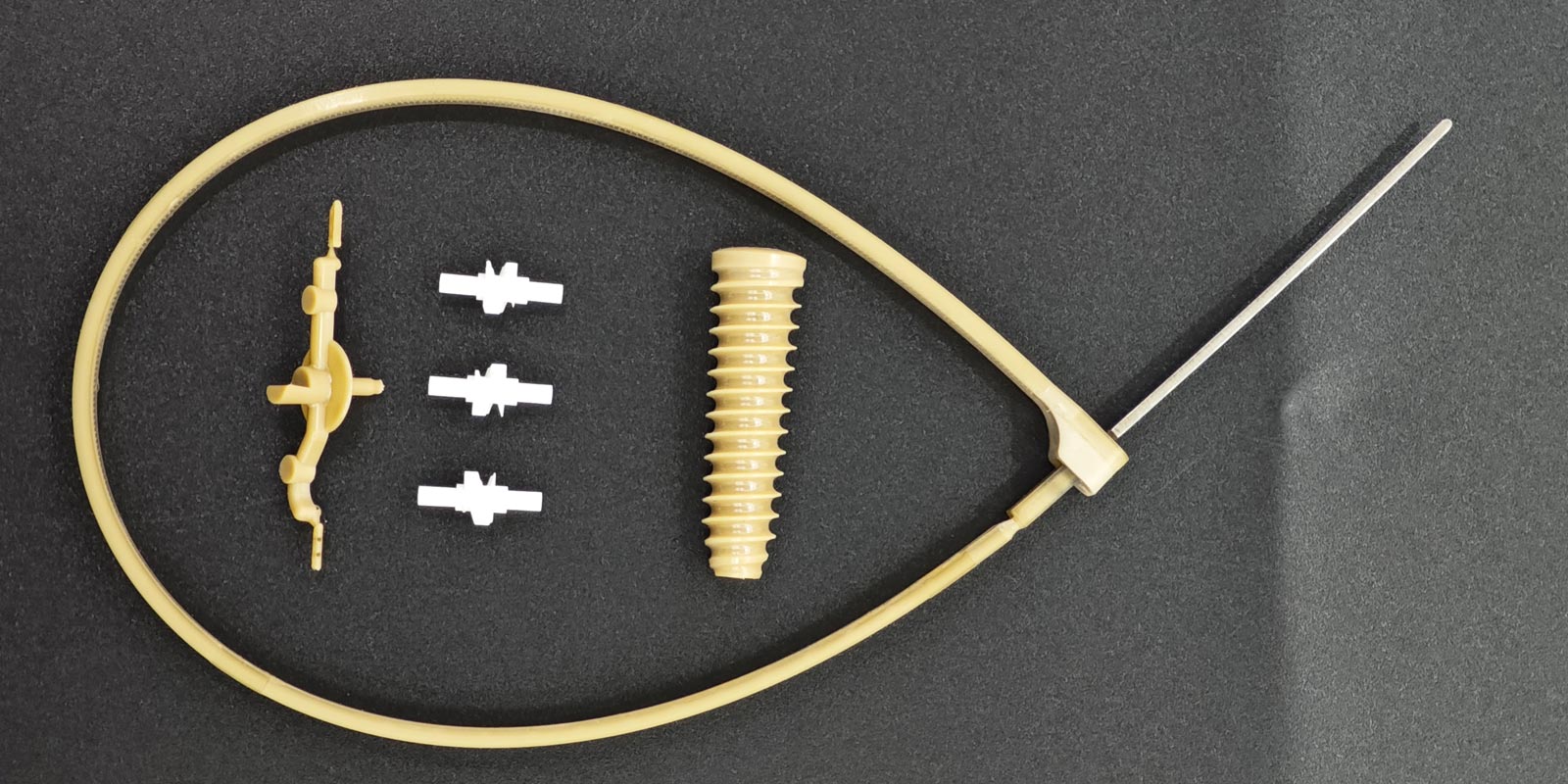
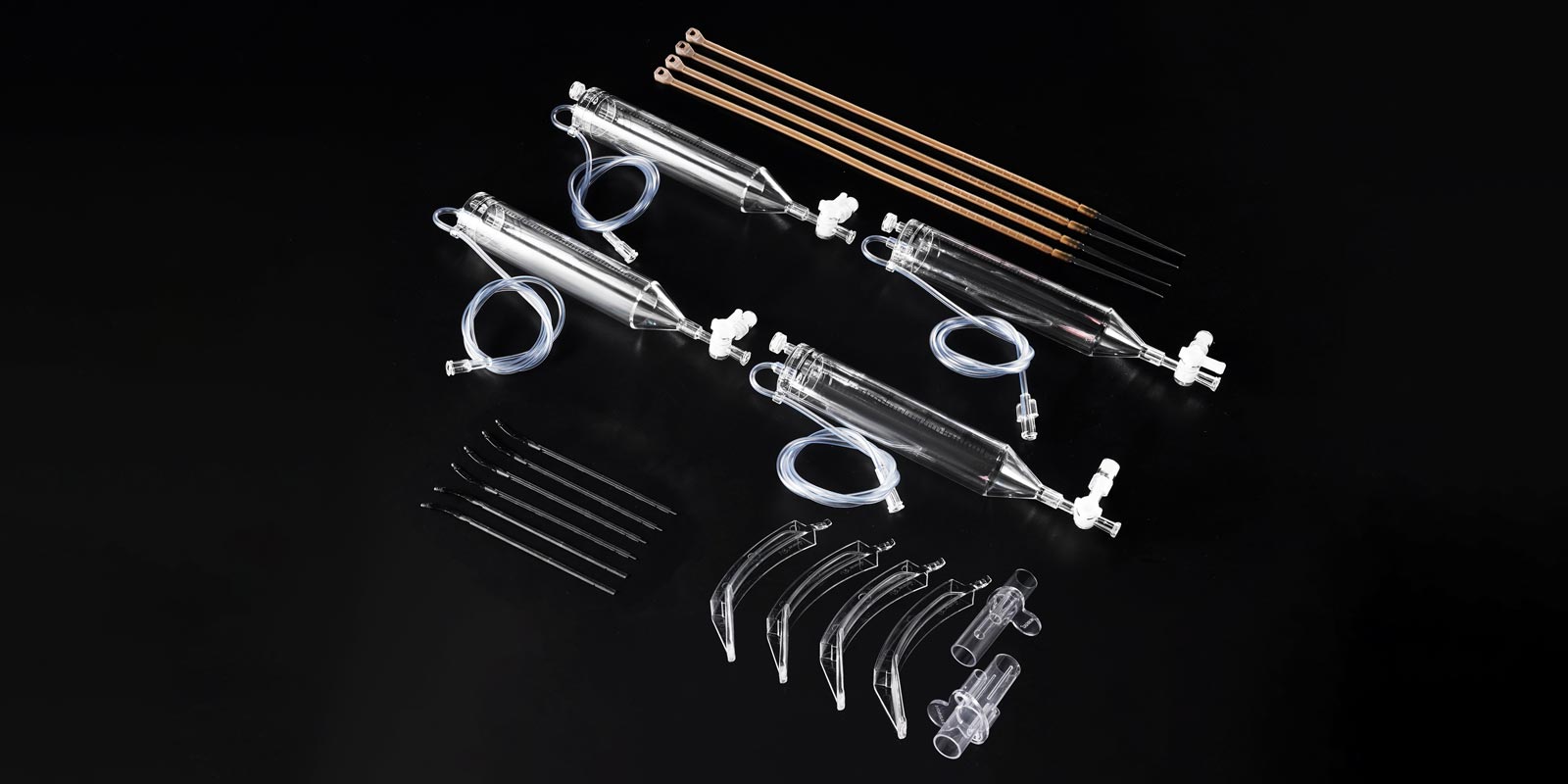

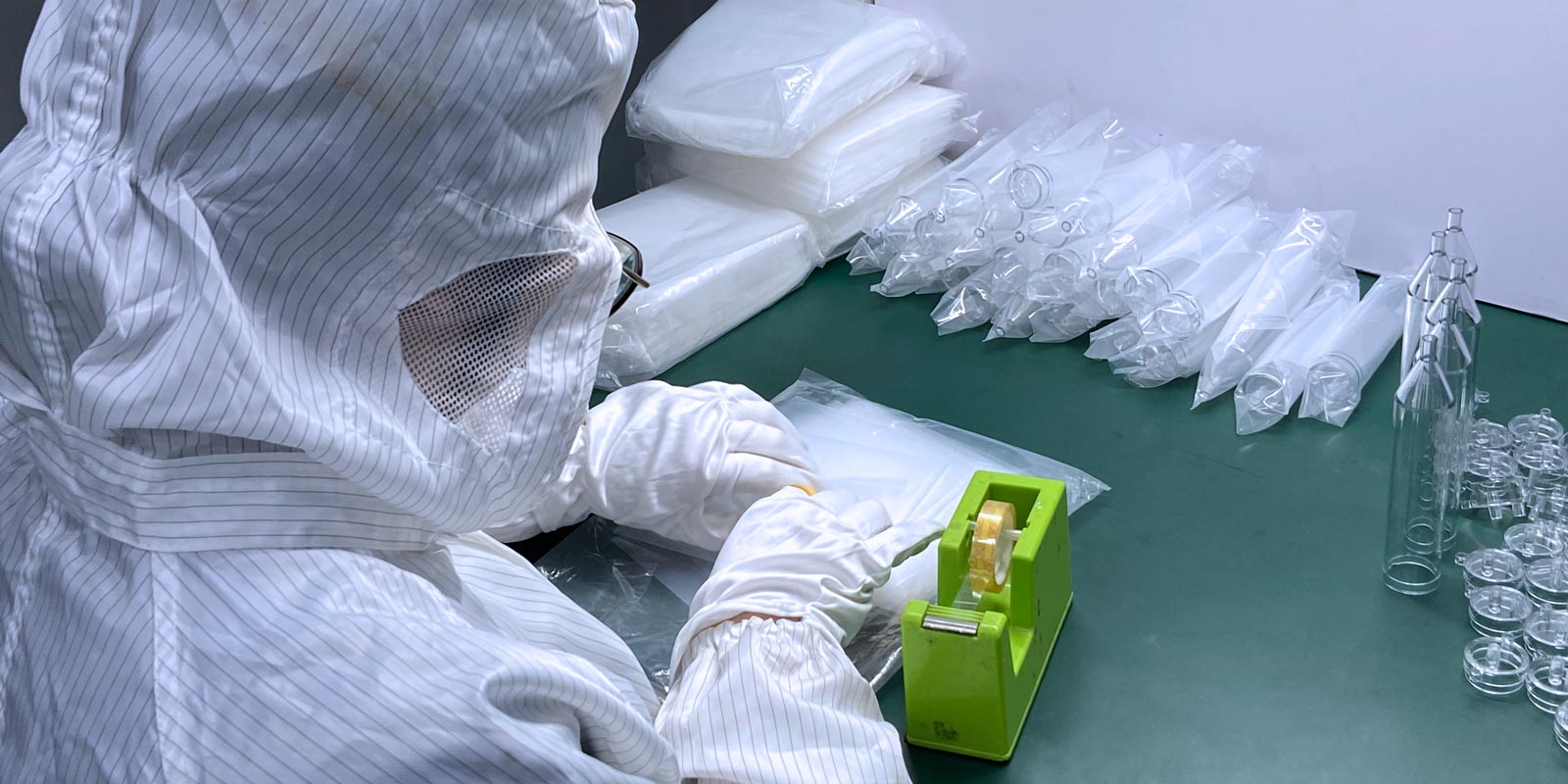
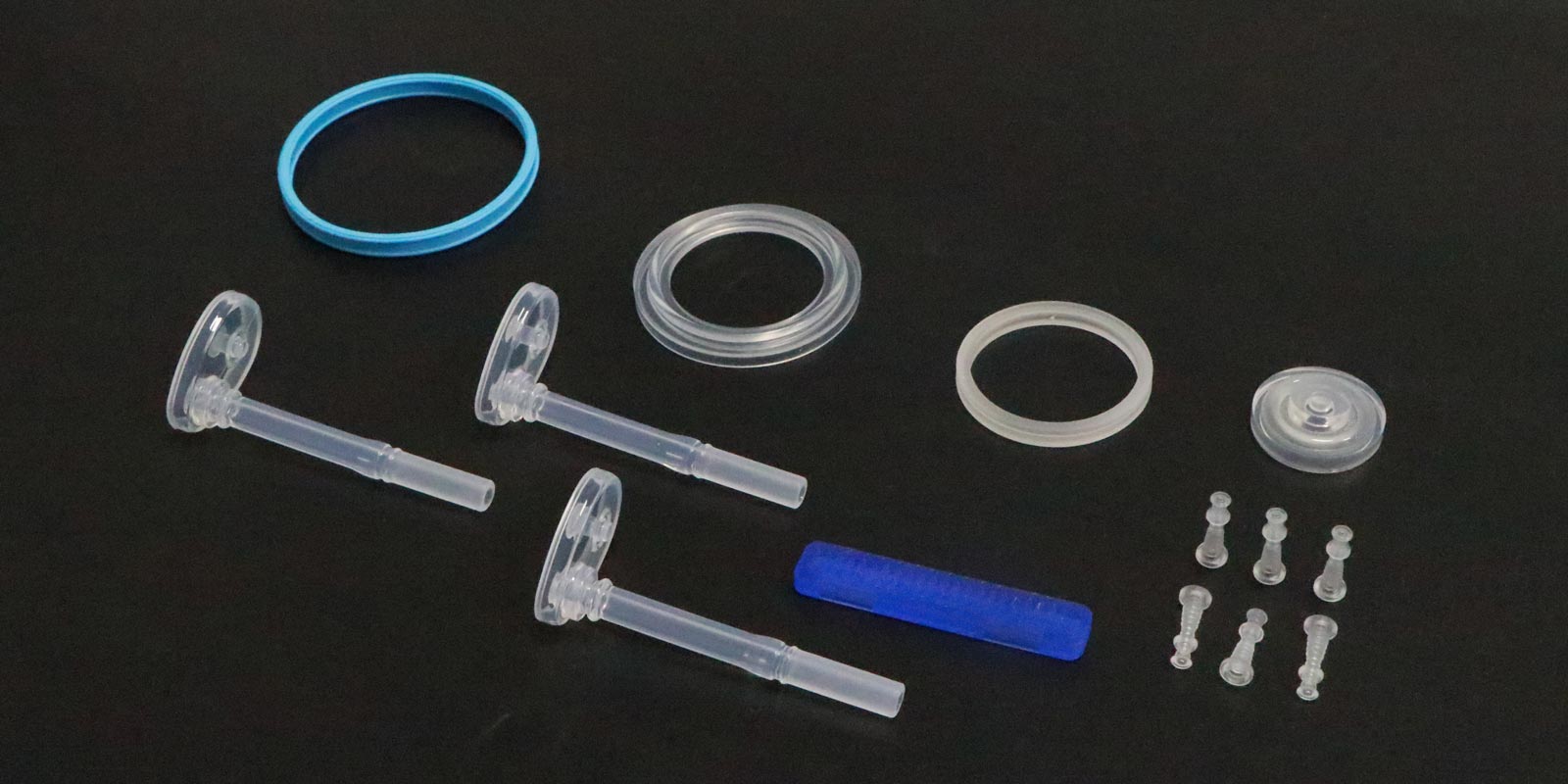


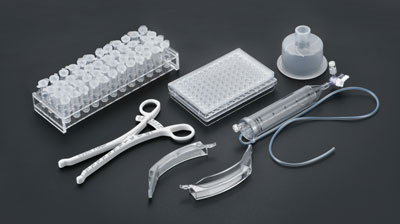








 Home
Home
